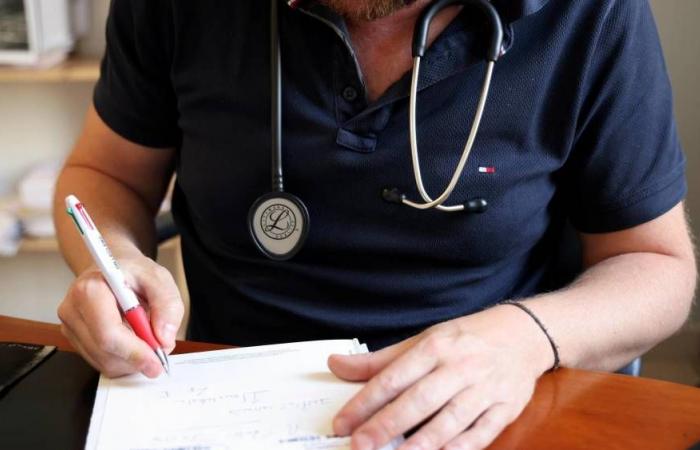Between the aging of the population and the better survival rate, the OECD has calculated that per capita health spending due to cancer in OECD countries is expected to jump by 67% by 2050. The organization formulates recommendations for better care and reducing this cost.
Within the Organization for Economic Co-operation and Development (OECD), cancer causes 28% of deaths, deprives the labor market of 3.1 million full-time workers and costs 449 billion euros each year (a amount calculated in purchasing power parity (PPP), that is to say converted to equalize the purchasing powers of different countries), according to a report published this Thursday.
However, per capita health expenditure linked to cancer is expected to increase by 67% between 2023 and 2050 on average in the OECD, due to the aging of the population and “efforts made“to heal the sick, because”people survive longer, need longer treatment and may get cancer again“.
Furthermore, “increasing treatment costs due to new drugs and technologies“and those”linked to follow-up care for a growing number of survivors“, will further increase the bill, notes the report.
To reduce this “unsustainable current trajectory of cancer costs“, the OECD makes various recommendations.
According to the organization, one in four premature deaths could be avoided through “more consistent and effective cancer care“, in other words a “early detection“associated with a”equitable access to effective and affordable treatment“, including for people with low incomes and low education levels,”within reasonable deadlines“.
Because in many countries, it remains “significant potential to improve oncological care“: the survival rate for lung cancer, for example, ranges from 5% in Chile to 33% in Japan.






